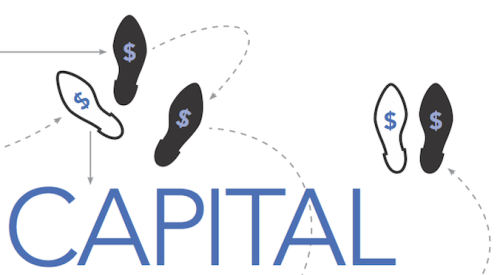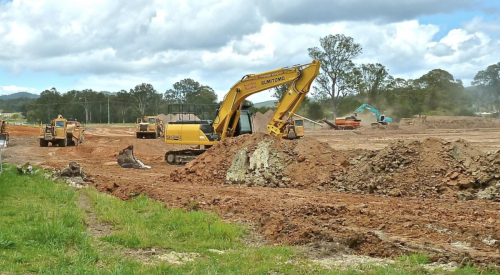I had hoped to hear some great insights (if not encouragement) at the October Urban Land Institute meeting, but there wasn’t much to go around. The short version: we’re still in for a long, slow recovery so don’t expect to see huge improvement anytime soon. The lone bright spot appears to be the multi-family sector. With occupancy rates hovering above 90 percent, apartment projects are cash flowing and lenders feel comfortable enough with the underwriting to lend on them. As far as any other real estate category, it’s persona non grata. Here’s what I heard:
Capital sources
Pension funds and insurance companies have zero interest in participating in blind pools or anything with co-mingled financing. For some crazy reason, they want to know what they’re investing in before they commit money. Yet another “new normal” for this market.
Private equity groups appear to be sitting on more money than the Swiss banking industry, but they’ve been slow to put it in play. Reasons abound, along with pointed fingers: hurdle rates are too high, the best deals are tangled up, or owners are not willing to absorb the impairment to market values. As one hedge fund veteran described it: “We’ve initiated letters of intent on 40 deals this year and have yet to complete one of them.”
Foreign capital — One regional home builder that is enjoying success in the fast-recovering Mid-Atlantic region said private equity groups, along with a few regional banks who weren’t heavy in real estate before, have been pursuing his business. In addition, he said he’s seen more than a few deals completed this year with capital sourced offshore, through groups in Japan and Germany. Will this become more common? Do they interpret underwriting differently than their domestic peers?
Hardest deals to finance
The blind pools and deals with co-mingled financing mentioned earlier, along with distressed properties or anything that has hair on it (e.g., unresolved regulatory issues), are next to impossible to finance at the moment. Of course, those metrics describe the majority of the deals out there, but who’s keeping track? Creative underwriting will not help; it’s like putting lipstick on a pig. Until something happens that allows re-pricing of these assets, they will continue to be pigs in the eyes of every capital provider — no matter how well you dress them up.
Key to success for new projects
The key to success is using entrepreneurial skills to bring distinction to a project over what is already out there. For community developers, is there a deeper role the information center can play in the community versus just a purveyor of collateral materials? What about a daycare center exclusively for residents in a first-time buyer community? Or an onsite medical center in an active-adult community? (If any of this resonates with you, check out “Different” by Youngme Moon.)
Smaller tracts with shorter build-out cycles appear to be a honey hole. Ten reasonably priced deals with 100 lots per community carry far less risk than a bargain-basement purchase of a single, 1,000-lot planned unit development. Deals that don’t require massive upfront investments for infrastructure and can begin booking sales sooner are like a warm Snuggy to capital providers. Five- to 10-year build-outs no longer work for most of these firms, no matter how much data you plug into the pro forma. One private capital player said he’s even skeptical of three- and four-year projections. He wants to see deals that can be bought and sold out within a few years.













